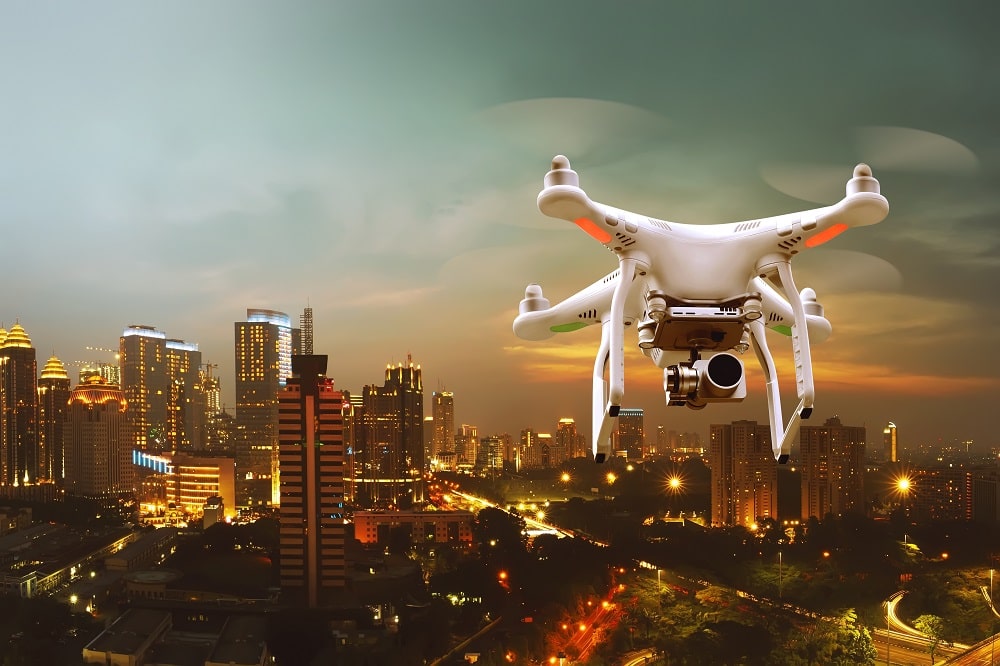The drone is becoming the hottest topic in the room and along with it is also tempting huge investments encouraging further advancements in drone technology. The drone is an unnamed aerial vehicle that can fly over the sky and are incorporated with the cameras capable of capturing images and videos during its journey. The drone has been developed by a myriad of companies working in the robotics and aviation industry and there are several types of drones existing in today’s market with various features, sizes, and attributes. Most of the largest drones are used by the defense industries to regulate the privacy and security of the nation.
Types of drones thriving over the industry are listed below:
VTOL drones:
The meaning of VTOL drones is the flying machines that can take off and land vertically. The VTOL drones can hover, take off, and land vertically. The advancements in technology are making the drone more compact that can be taken off from the palm of a hand.
Radar positioning:
The drones of this era are boosted with the Global Navigational Satellite System. Radar positioning drones have the potential to aviate in satellite and non-satellite mode. These drones can use GPS to increase the accuracy of flying and can be used to capture 3D maps and visuals such as landscapes.
UAV Drone on Ground station remote controller:
Few drone work on the radar technology and are capable of giving signals of its various actions, a few of those are listed below:
- Sends a signal when it is ready to fly
- Transmits the signal for its current location and navigation
- Record the source location to return without any manual support
- The drone can also be controlled by a remote at the base location
- If the drone loses its connection with the remote control it flies back to the base location
The above mentioned are just an overview of the potential of the drone but there is a plethora of benefits and potential of drone technology that can be used in sthe future to improve various business sectors.



